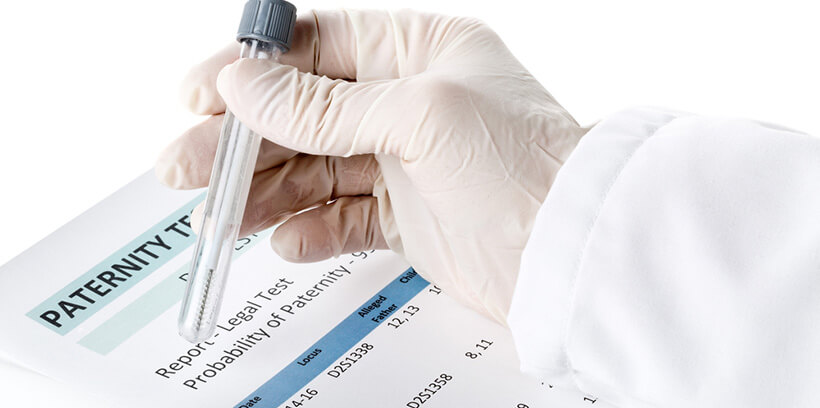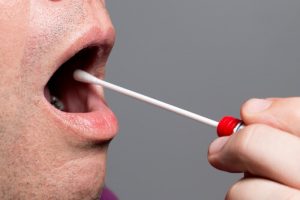DNA testing is the most reliable tool for relationship testing, throwing blood typing and similar procedures into oblivion.
If you’re in need of paternity testing but still aren’t quite sold on the idea of its accuracy, we can provide you with answers to all your potential questions. In this post, you’ll learn all about the error margins of this type of testing, which will help you choose the best paternity test for your specific needs.

Paternity DNA Testing – Accuracy Percentages
DNA testing is by far the most accurate way of determining biological relationships between individuals. The accuracy percentages of all modern tests range from 90% to 99.99%, meaning there is room for error, but it’s so small it’s basically irrelevant.
The highest threat to testing accuracy is enough identical DNA between two or more unrelated individuals. In these cases, the results might show a false positive, but such situations are so rare they don’t merit any concern on your part.
When it comes to exclusion, paternity DNA tests are 100% accurate. This means they can refute a paternal biological relationship beyond any doubt.
Drawbacks Of At-Home Paternity Testing

Just to be clear, when we say at-home testing, we only refer to the sample collection process. DNA sequencing and report generation are still done in specialized laboratories. If sample collection is performed by a physician (for legal paternity testing), the shortcomings listed below become non-existent.
Here are some of the drawbacks of collecting your sample at home:
First of all, you can contaminate the sample, which can lead to false results. Paternity DNA tests usually process buccal cells of the tested individuals (except for prenatal tests), which means you’ll have to perform a buccal swab at some point. If you eat before sample collection, brush your teeth or drink anything but water, the sample can get contaminated and compromise the entire test.
Furthermore, if the swab touches anything except the designated container after you collect your sample, it may pick up additional particles. This may skew your test results.
Lastly, there have been many cases where individuals misread or misinterpreted the results, leading to false conclusions. For this reason, you should always choose a company that offers professional consultations and additional report interpretation.
Note that all these “dangers” of at-home paternity tests stem from human error rather than the procedure itself. Direct-to-customer testing options are just as accurate as any other form of paternity testing, facilitating the entire process and saving you time and money along the way.
Just make sure you follow the instructions to the letter and you’ll receive your final results with 90-99.99% accuracy.
Bottom Line
Whether you need legal proof of paternity or just want peace of mind, paternity DNA testing is the most accurate way of confirming or refuting a biological father-child relationship. At-home paternity testing does leave some room for human error, but following the instructions carefully will minimize the risk of compromising your sample and receiving distorted results.
